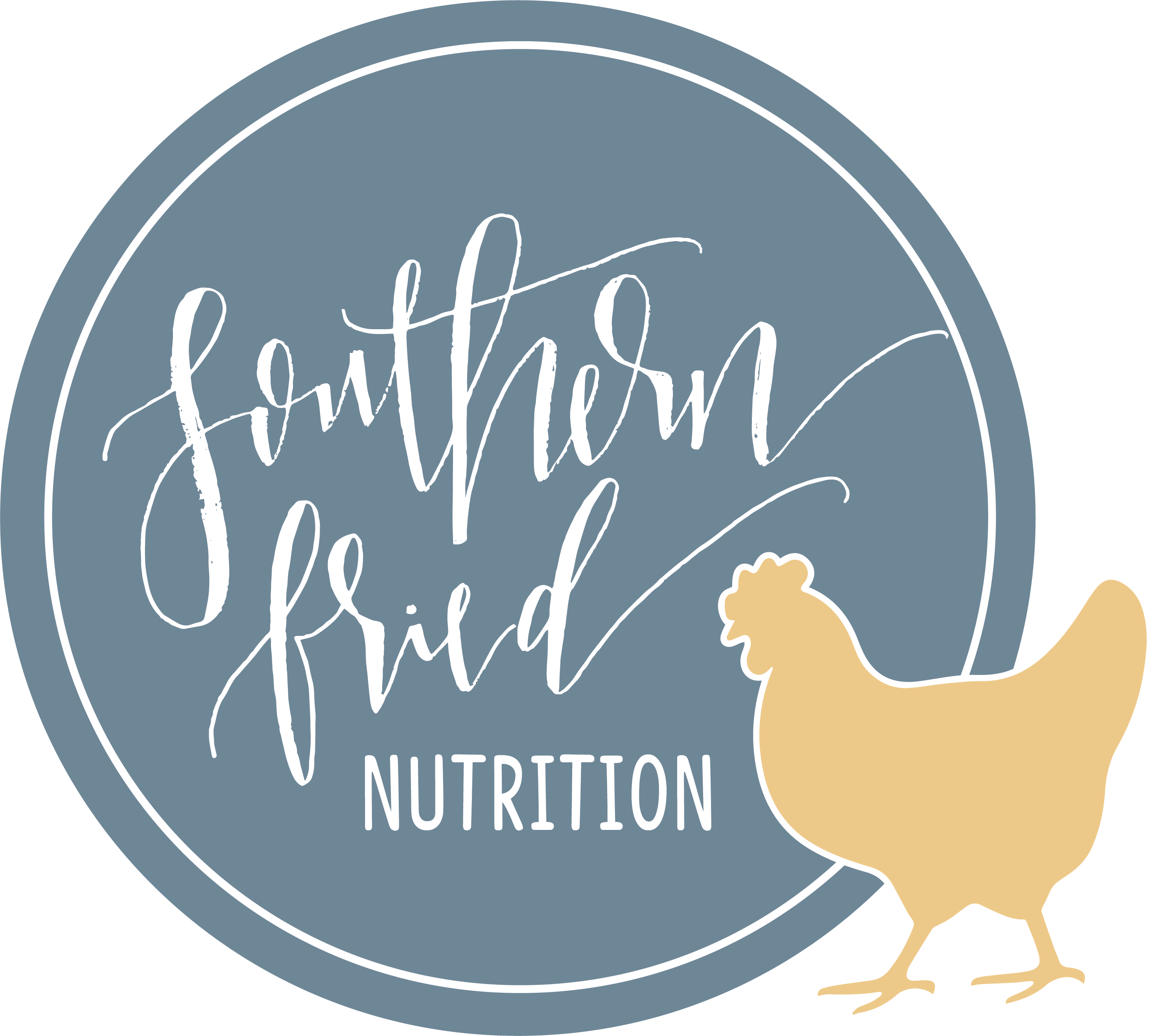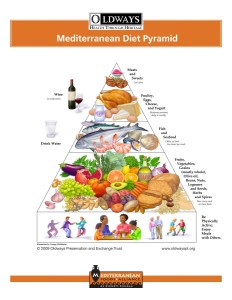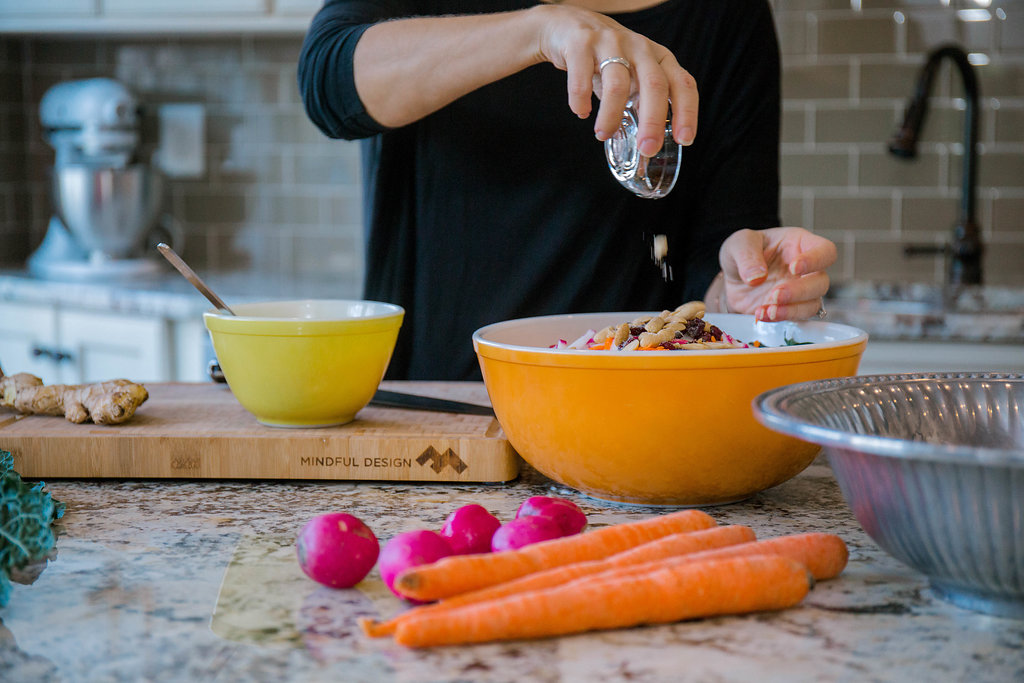With the hulabaloo over the non-endorsement endorsement, I thought it might be of interest to share my thoughts on why we eat cheese in our house and not pasteurized prepared cheese product. The truth is that the ingredient label on KRAFT Singles, since that is the product at the center of the firestorm, isn’t really all that bad. Most of the ingredients are things I’m familiar with and have known functionality. They’ve been added to cheddar cheese (the main ingredient) in order to make it softer and more meltable, giving it that familiar cheesy texture and mouthfeel, or to increase its shelf-life and stability. The product is not harmful in and of itself. As I mentioned, I ate KRAFT Singles as a kid and it didn’t break me – in fact, I have fond memories of the perfect grilled cheese thanks to Singles. But times change and now it’s not the kind of food we focus on in our house. Here’s why…
Research has shown that a diet of minimally processed whole foods, including fruits, vegetables, whole grains, nuts and seeds, beans and legumes, dairy, and smaller amounts of meat is best for long term health and well-being. Wine, olive oil, and herbs and spices have a place too. (Plus physical activity, social support, spiritual wellness, and purpose but we’re talking food today.) This is the Mediterranean style of eating. It supports a healthy brain, body, and spirit. Most food additives have not been proven to have any significant long-term harm, but (with a few exceptions) they’ve not been proven to have benefit either. My focus is on finding the best benefit from the foods we eat. THAT is why we choose cheese – with little added but salt and rennet and maybe some other acid, herbs, port or fungi.
I do my best to make as much as possible from scratch for my family. Where that isn’t possible, I choose products that contain the fewest ingredients or whose ingredient list are as close as I could make at home – if I had time to make every single food we eat. That’s easy to do when we can buy peanut butter with little more than salt (and sometimes a little oil, sugar or molasses – yes, I consult for peanut farmers and am proud of it!), frozen and canned fruits and veggies, dried fruits, and plain whole milk yogurt. Not everything “processed” is bad for you.
And the truth is…Sometimes we splurge and we eat foods that surprise my friends and family. You will find boxed mac and cheese (though we choose a brand that contains things that I might use if making from scratch), frozen burritos, and commercially prepared ice cream in my house. I indulge in my beloved Reese’s Peanut Butter Cup (or the Easter eggs, which I may have already eaten half a dozen of this season) or my husband has his favorite Diet Dr. Pepper. Our household isn’t completely free of all foods that don’t fit on the “optimal” list. And at least 80% of the time, I think we’re hitting the mark. I want that to be your goal too.
What’s your ratio of optimal to suboptimal foods? What can you do today to get a little closer? How can I help?


